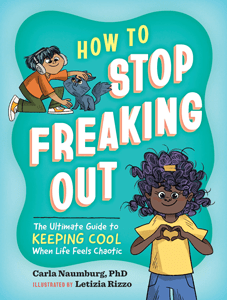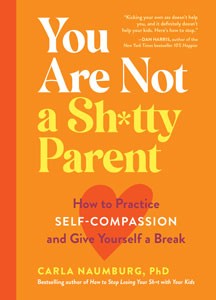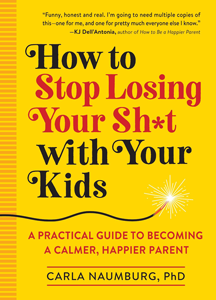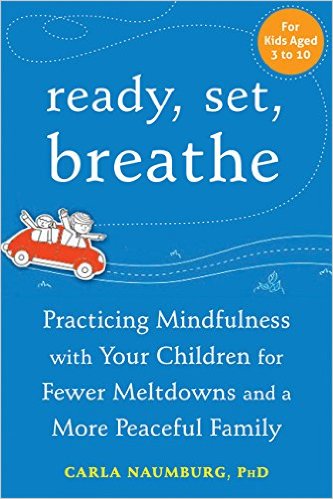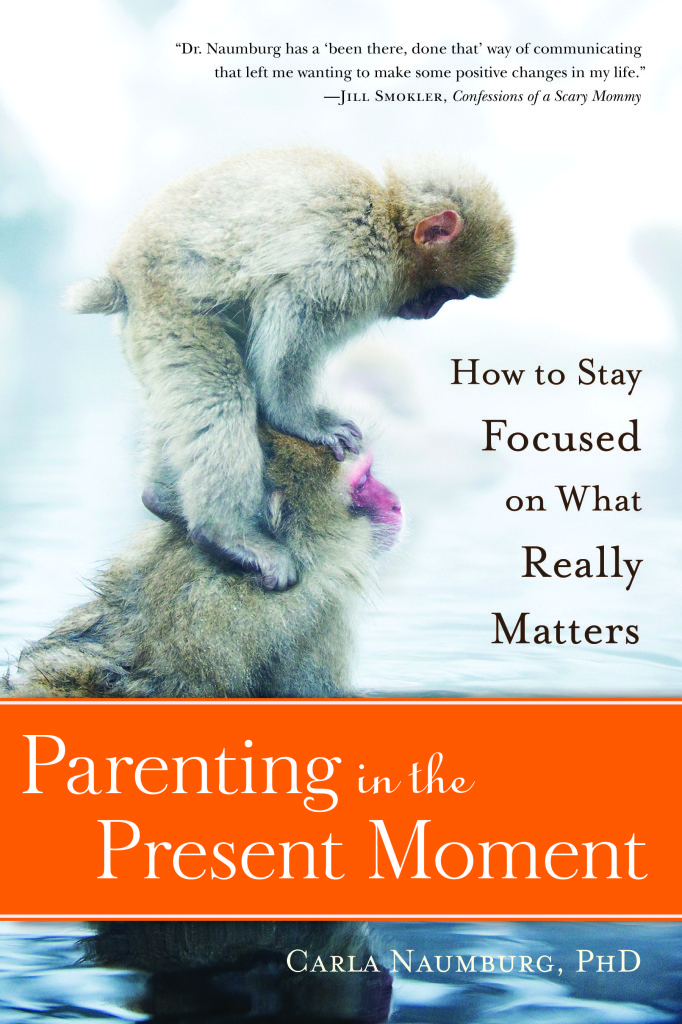A few weeks ago, I was on a retreat as part of a year-long course I recently took on Mindfulness and Psychotherapy. (For the record, the course meets in person in the Boston area and online for those of you around the world, and it’s fantastic. If you’re a mental health professional interested in integrating mindfulness into your practice, I highly recommend you check it out.) Anyway, we spent about 36 hours of the retreat in silence, during which time our goal was to meditate on whatever we were doing: sitting, walking, washing dishes, and eating.
At each meal, I tried to focus on eating slowly by chewing carefully and paying attention to the flavor, smell, and texture of each bite. This doesn’t come naturally to me; even before I had kids, I tended to shovel my food in as though a baby was crying or a toddler was nagging me to wipe her tushy, and once I became a mother, well, things just went downhill. If I wasn’t careful on the retreat, I quickly reverted back to my habit of speed eating, even though there wasn’t a kid in sight.
And then I remembered a tip I had read somewhere about how to eat more slowly: put down your fork between bites. As I thought about it, I realized that I can’t be fully present for any one bite if I’ve got one hand wrapped around a fork, poised to take the next one. It’s taken me a long time to fully understand this, and I’m still fully figuring it out, but what we’re doing with our bodies at any given moment really does influence how our brains are working (or not). Merely holding a utensil in my hand triggered my mind to think about what was coming next, which meant I wasn’t thinking about the bite I was working on.
You can read the rest of this post over on my Mindful Parenting blog on PsychCentral.com.

